They say this era’s luxury goods aren’t actually goods—it’s experience. So here’s what your brand needs to know about creating experiences for the experience economy.
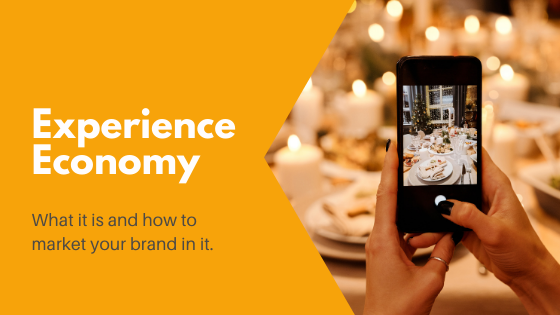
Millennials are driving the experience economy
From how pancakes are consumed to the way we travel, the world we live in today is all about experiences.
And let’s be honest: our penchant for experiences isn’t going anywhere anytime soon. In fact, research body Euromonitor estimates that spending on experiences will reach $8 trillion by 2030—that statistic has changed the way we do business.
Because if a brand is to remain relevant – and competitive – then you must know how to market in the experience economy; how to turn shopping for any product or service into a special event.
What is the experience economy?
These days, there are seemingly infinite alternatives on the market and, thanks to the internet, everything is relatively easy to access.
That means what really differentiates between products or services is the experience associated with it.
An ‘experience’, as the Harvard Business Review put it, is what happens when “a company intentionally uses services as the stage, and goods as the props, to engage individual customers in a way that creates a memorable event.”
No surprise then that consumers are spending more on experiences than on material possessions.
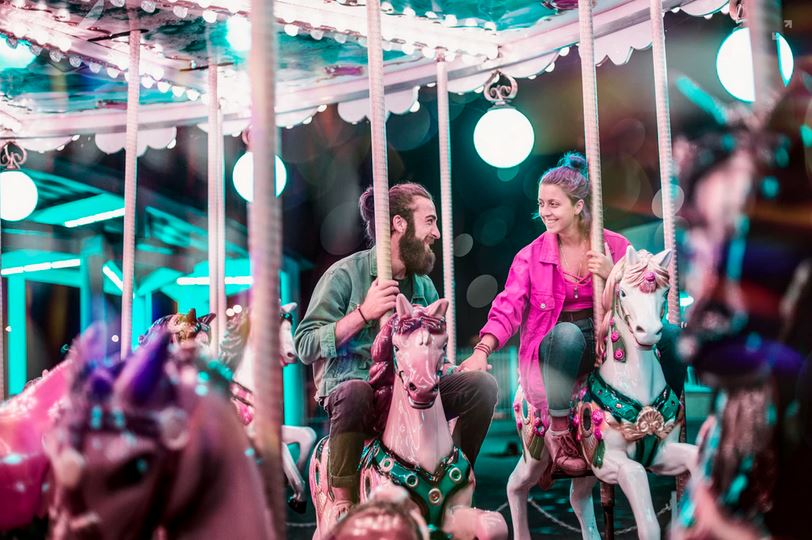
The Millennial experience economy: what caused this shift in consumer spending?
Millennials value experiences. That’s why they spend more on experiences than on material possessions—their hard-earned money goes towards spectator sports, amusements parks, membership clubs, foreign travel and even on food services just to name a few.
In short: Millennials are the driving force behind the experience economy. And there appears to be three key factors that has steered consumer spending in this direction.
1. Chasing ‘Likes’
You can thank social media because its prevalence has amplified consumers’ search for whatever will bring them more ‘likes’.
Millennials’ desire for likes undoubtedly influenced the demand for experiences—and the increase in spending on it.
2. FOMO – The Fear of Missing Out
Aside from the quest for more likes, Millennials also tend to ‘see’ the world through social media. With one’s every move broadcast far and wide – from what he eats for breakfast to the hike he enjoyed over the weekend – it’s no wonder that the fear of missing out on what others are enjoying is driving Millennials’ thirst for experiences.
3. Intrinsic Happiness
Most importantly, consumers’ perspectives on what it means to live a meaningful and happy life has evolved.
1. We feel that there’s greater value found in experiences shared with family and friends.
Compared to acquiring things, experiences lead to longer lasting happiness—memories are irreplaceable. Put another way: there’s simply no alternative for the memories we make.
2. We value experiences because of their impact on our social relationships.
They allow us to connect with our community as well as with the world—and that forms a large part of our identity.
Marketing in the experience economy
Whether you’re in the travel and hospitality sector, retail, or even FMCG, your marketing will have to adapt for the experience economy – if it hasn’t already.
Not sure where to start? Below are 5 elements to integrate into your marketing efforts. You’ll also find examples of brands killing it in the experience economy.
1. Be yourself
It’s hard to gain trust if you aren’t being yourself. And now more than ever, consumers are placing a premium on brands that are authentic.
They value transparency and seek out that which is original, natural, and local – including experiences.
When it comes to authenticity, brands like LEGO and TOMS normally come to mind but Airbnb also does a stellar job. From ‘living like a local’ to experiences curated by a local, Airbnb has aligned itself with authenticity in travel.
Part of what makes these brands authentic in the eyes of consumers is that they are consistent and live up to what they promise.
2. Build your community
People like being a part of something, which is why successful brands know how to build and foster a sense of community—it’s an extension of the brand. And not only is it a great way to engage customers but it helps build loyalty.
Think of Mastercard’s ‘Priceless’, where unique experiences are available exclusively to the community of Mastercard cardholders.
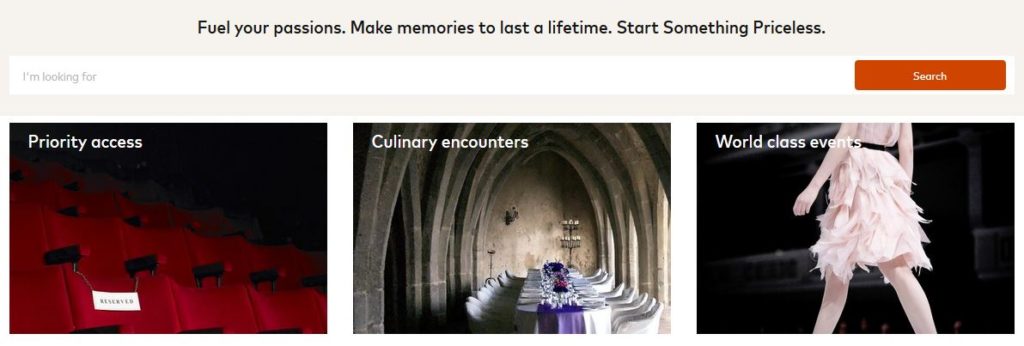
3. Make use of technology
We’ve grown increasingly dependent on technology, haven’t we? That means the role technology plays in consumers’ interactions with brands will continue to grow.
Savvy marketers find different ways to leverage technology – whether that’s before a purchase, while shopping, or post-purchase – for an improved and more memorable customer experience.
For example: Sephora’s use of augmented reality and artificial intelligence.
4. Customize where possible
Brands that allow the shopper to customize an offer to his or her personal preferences have an advantage. This is because customization creates deeper engagement; it’s more meaningful and can build loyalty.
For example: German brand My Müsli.
They go beyond the standard selection of muesli blends that you can find at your local supermarket. Instead, customers can visit a My Müsli store (or head online) to create their own perfect blend of muesli. Shoppers can customize down to the nuts, fruits, seeds, grains and even other add-ons like chocolates.
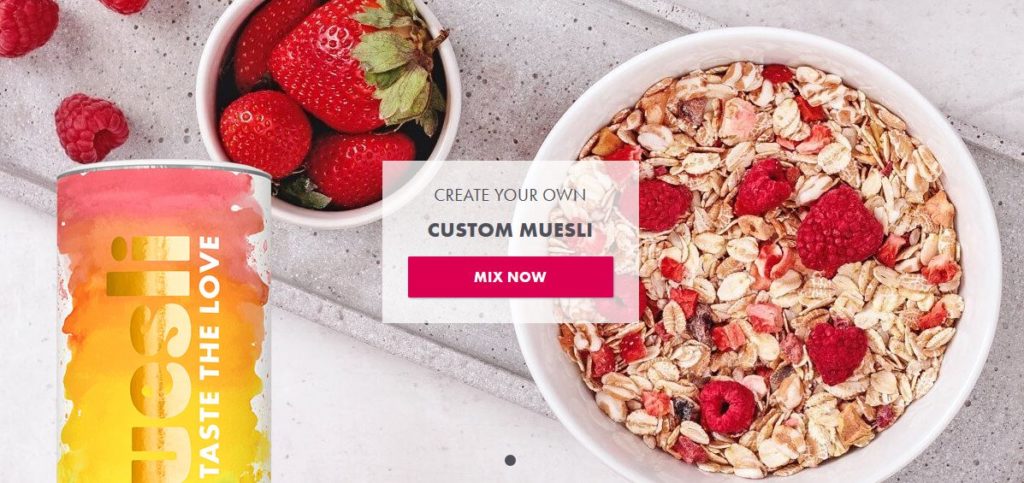
5. Cultivate brand love
With brand love there is loyalty and word-of-mouth promotion. Every brand dreams of achieving that! After all, you want customers to be invested in—committed—to your brand.
Need an example of brand love? Look no further than the immensely long queues whenever Apple launches a new product. Now that’s love.
What comes next?
But if every business is marketing an experience then what does it take to be truly different? How does one actually stand out in an era where everything – from buying ice cream to the airports we transit in – has become an experience? Or thinking about it in another way: what comes next?
To be honest, I don’t think we know that yet.
What we do know is that:
- The core of any business – the essentials – has to be in place and in order because ‘experience’ simply builds on those fundamentals. It can’t mask, replace, or fix it.
- To be sustainable, a brand must strive for long-term engagement with its target market. It has to prioritize substance over style. Being unoriginal, cliché, or a “one-hit wonder”, so to speak, won’t get you far with consumers.
- The businesses that succeed are the ones that know how to seamlessly incorporate an experience with the purchase.
For example:
Starbucks Reserve Dewata in Bali, where the coffee farm experience or a walk through the seedling nursery smoothly transitions to the purchase of their coffee and other products.
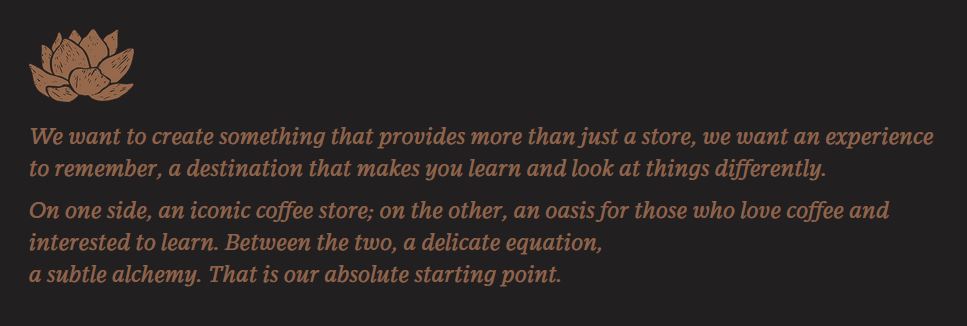
Another example: Magnum’s “Make my Magnum” pop up store experience, where customers develop and then purchase their own unique ice cream creations.
- To be the last one standing, businesses will need to differentiate on service rather than rely solely on pricing – otherwise, you’re a commodity and easily interchangeable with whatever alternatives exist on the market.
- In the realm of travel, they say that the post-experience economy will feature travelers as active co-creators of their travel experiences.
- Regardless of industry and era, it will always be important to effectively communicate what makes your brand special—why it’s worth the consumers’ time and money.